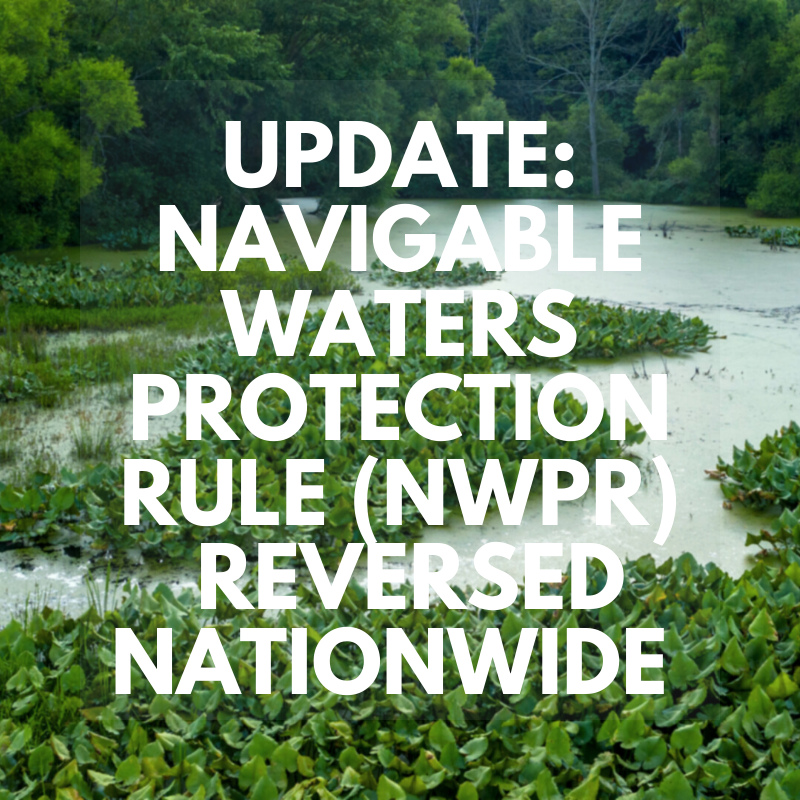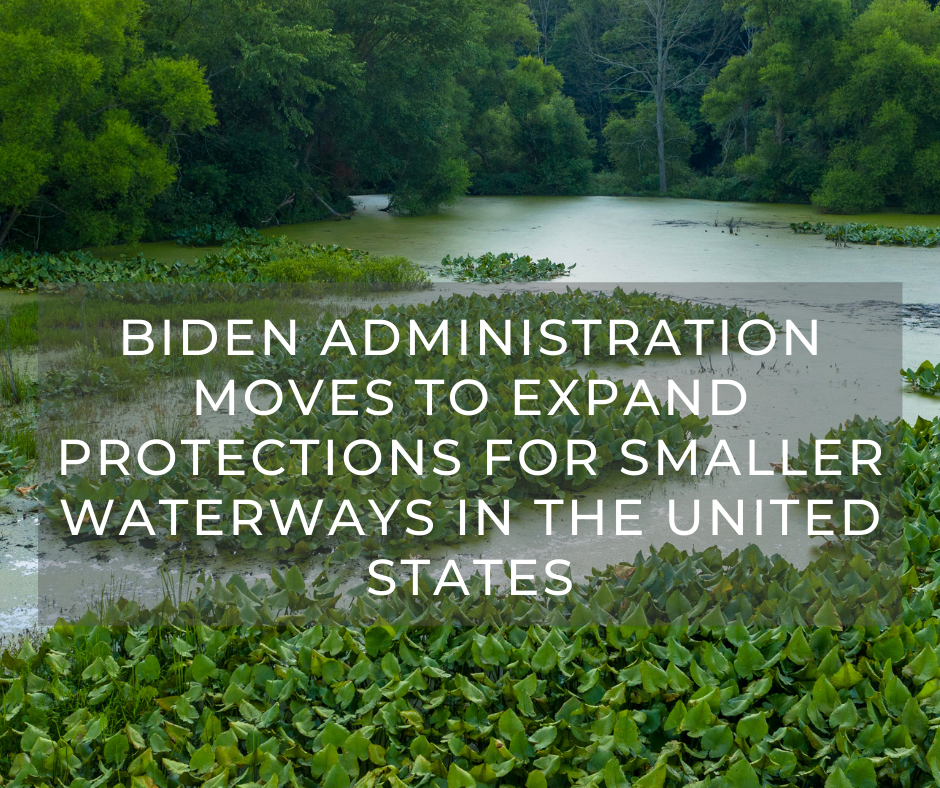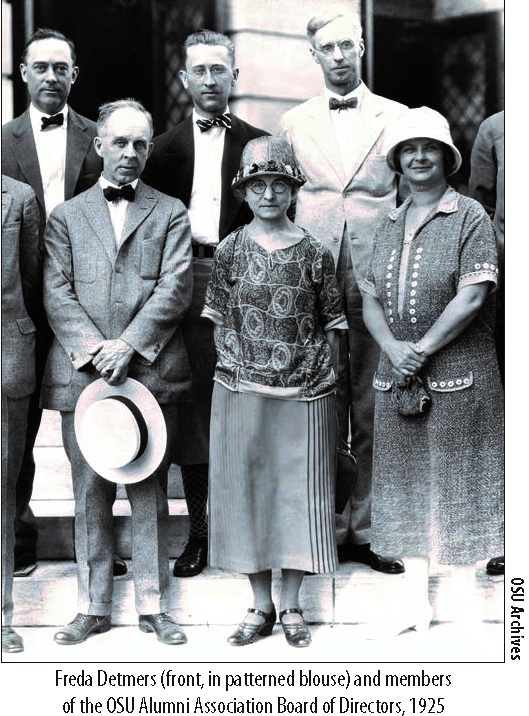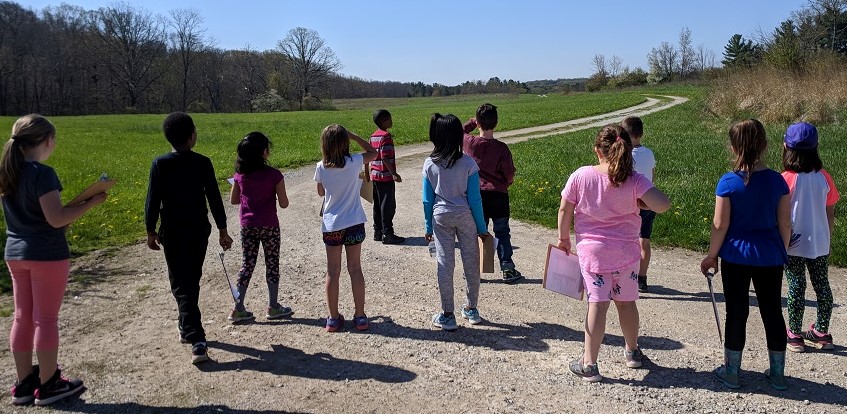On Aug. 30, a federal court ruling in Arizona ended a controversial Trump-era Clean Water Act rule that reversed some federal protections for streams and wetlands across the country. Judge Rosemary Marquez of the U.S. District Court for the District of Arizona ordered an end to the 2020 Navigable Waters Protection Rule (NWPR), which was set in place by the Trump administration and went into effect in June 2020. According to Judge Marquez, allowing the rule to remain in place risks serious environmental harm.
The ruling means that the Environmental Protection Agency (EPA) and Army Corps of Engineers (Corps) can no longer use the NWPR and will most likely return to using water protection standards from 1986 and related case law (e.g., SWANCC and Rapanos decisions). In the coming days, EPA and the Corps are expected to provide additional details and clarifications on how their respective regulatory programs will operate going forward, including how the agencies will address existing and pending jurisdictional determinations.
The issue of which streams and wetlands are subject to federal regulation has been the root of many court cases over the course of several administrations. The controversy has escalated since the Obama administration updated the WOTUS definition in 2015. Earlier this year, the Biden administration announced their plans to repeal the NWPR rule and issue a new rule defining which waters are federally protected under the Clean Water Act.
In response to the Biden administration’s desire to revise the WOTUS definition, the EPA announced its intent to host public meetings several weeks ago. The purpose of the public meetings is to allow for stakeholder input to the agency as it begins the task of revising the WOTUS definition. The meetings are being held as web conferences in August and September 2021. Visit the EPA webpage for the public meeting schedule and registration information here. https://www.epa.gov/wotus/public-outreach-and-stakeholder-engagement-activities
The Stream + Wetlands team is continuing to monitor activities surrounding the impact of these actions and are available to discuss how they could affect your projects.







